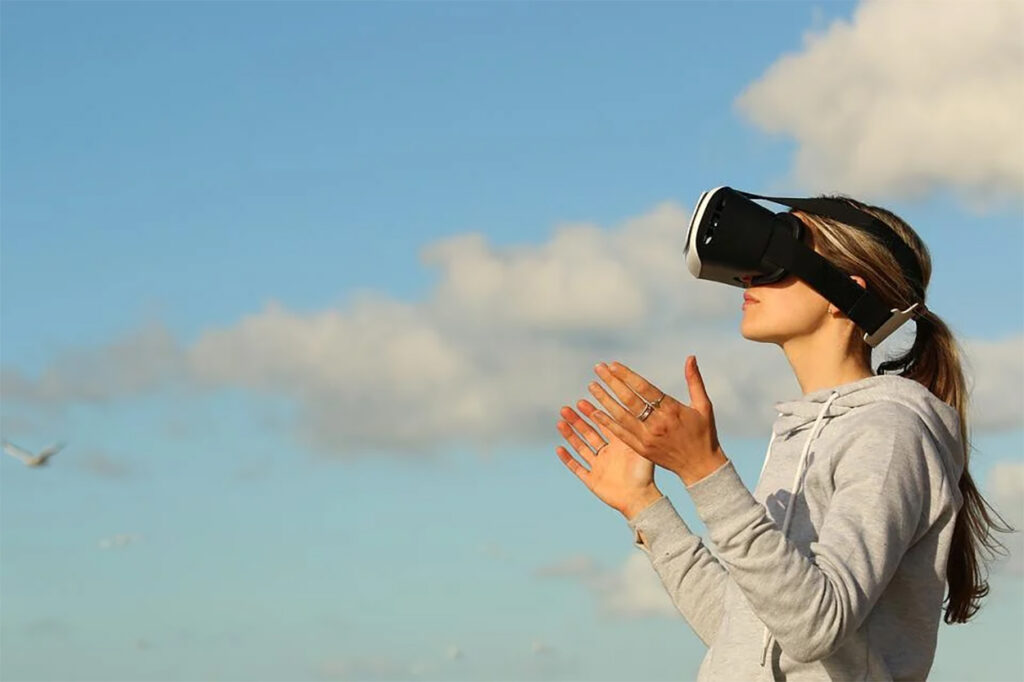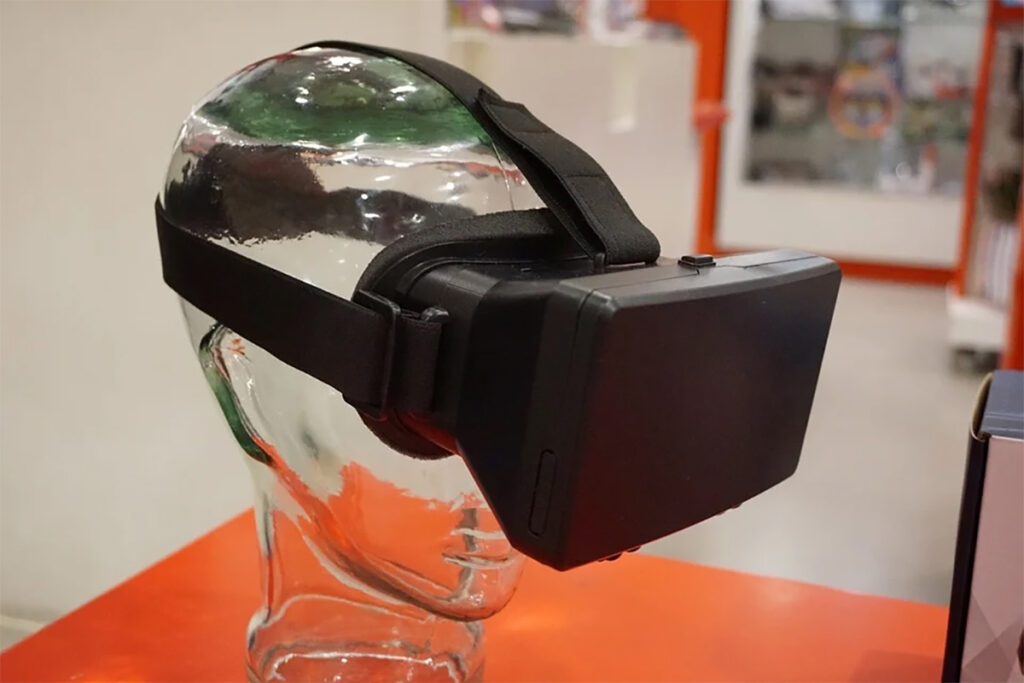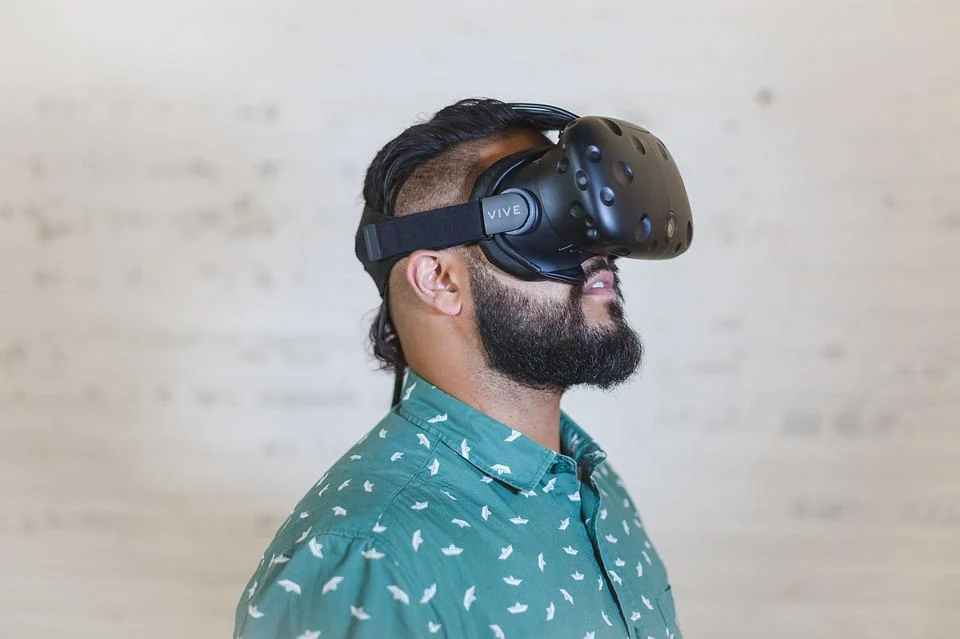Haptic Tech: Tackling Tactile Sensation in Virtual Reality
There’s no denying that virtual reality has grown from an incredible emerging tech in the 80s to a fad in the 90s and finally to something more concrete in the modern-day. While people might still see VR as a fad, it doesn’t change that today’s technology is much more capable of simulating VR than it ever was. It’s gotten to the point where many people are finally being immersed in another world through the comfort of their homes.
That said, there’s still one issue to tackle, and that’s the technology of haptics. Haptics is known as kinaesthetic technology or 3D touch. The tactile sensation is still missing in the VR world, and people are looking for newer and better ways to tackle haptic technology.
The trouble with haptics
When it comes to delivering the tactile sensation in the virtual world, there are already quite a few examples out there. The trouble comes from how sensitive the human senses can be when dealing with kinaesthetics. 3D touch might exist, but unlike many of the other aspects of gaming where people are able to suspend disbelief — we’re not quite used to suspending disbelief in terms of the tactile sensation. People can be very particular, and when something feels off, it’s often better that the tactile sense wasn’t there to begin with.
We’ve had time to get used to holding controllers or using a keyboard and mouse when playing games. The idea of actual touch in a 3D realm is still a relatively new experience.
A step in the right direction
One of the best ways to solve problems these days is with the help of feedback. With the power of feedback — and help from current AI and automation systems — computers can generate more and more accurate results. In the case of haptics, there’s a new preference-driven model where users compare their feeling between the real and virtual textures. Based on the data, the model then updates the surface to better match the real thing. It seems like such a simple solution, but a lot of work went into the model itself. It’s a measurement of what the users feel, as people are given various virtual textures and tests.
What does it mean for the development of VR?
With virtual reality, the most important thing that’s still missing is the presence of tactile sensation. With new steps in haptics, it’s only a matter of time before virtual models can more easily emulate the real thing. Eventually, we’ll be able to trick the brain into thinking it was in the real world — which is the primary goal of VR tech.
It’s incredible to think there’ll come a time when people get to immerse in an entirely different world within the comfort of their home.
Conclusion
Despite VR tech being around for a very long time, they’re only hitting the tip of the iceberg as far as current tech goes. Now that modern tech is finally catching up to the goals of VR, the sky’s the limit.


